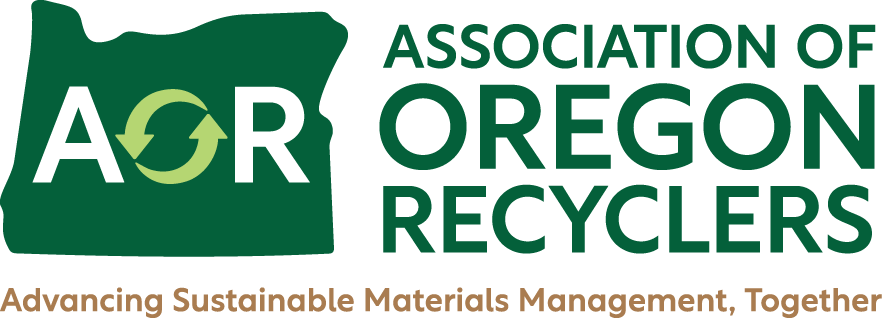Recycling Markets
How small cities around the country are fighting to save recycling
Solutions to preserve access and reduce contamination are emerging from municipalities, partners and citizen-led efforts in states such as Oregon, Virginia and New Hampshire.
Hardships caused by China's global recycling industry disruptions have been particularly acute in small U.S. cities and towns over the past year. But in the face of adversity, a number of them have devised solutions to keep recycling programs alive — at least to some degree.
Project Expands Glass Recycling in Denver
A six-month glass collection pilot project coordinated by Recycle Colorado will increase the collection of glass bottles in downtown Denver. The project provides 96-gallon recycling carts to participating businesses arranges for glass collection services through May 2019. Businesses can participate for free.
$4.5M Phoenix Upgrade Will Get More Recyclables Out of the Landfill
Phoenix has plans to upgrade equipment at one of its recycling facilities to adapt to market changes, and hopefully get more recyclables back out of the landfill. “Most of the United States and Europe over the last 30 years have developed a recycling system based on the fact that China has been the country that has bought most of these recyclables,” said Joe Giudice, assistant Public Works director for Phoenix. “The market shifted when they changed policy, so we are all in a position where we are responding to the new market signals.”
Additional scrap grades now on China’s restricted list
The People’s Republic of China has announced that eight types of scrap metal will move from its “Catalogue of Solid Waste Not Restricted to Import as Raw Materials” list to its “Catalogue of Solid Waste Restricted to Import as Raw Materials” list. According to a news release from the Brussels-based Bureau of International Recycling (BIR), the items will be moved to the restricted list beginning July 1, 2019.
How Mountains of U.S. Plastic Waste Ended Up in Malaysia, Broken Down by Workers for $10 a Day
How scrap from California ended up in a junkyard 8,500 miles away, broken down manually by workers earning $10 a day, is the story of the reshaping of the global garbage and recycling system. For three decades the United States and other industrialized nations have shipped most of their plastic waste overseas — primarily to China, where cheap labor and voracious factories dismantled the scrap and turned it into new plastic goods.
Could Opportunity Rise from the Chinese Recycling Crisis?
Earlier this year, the American recycling community was stunned by a knockout punch from the Far East as new rulings from China turned a once profitable relationship upside down. In January 2018, Beijing stated that it was banning intake of most paper and plastic waste in accordance with a new environmental policy designed to free China from being the world’s “dumping ground.” The ban extends to other materials as well, and American recyclers are now scrambling to find a way to dispose of tons of material that normally would be enroute to Asia.
From Green Fence to red alert: A China timeline
 Over the last year, staff from Resource Recycling Magazine created a chronological rundown of import policy action across Asia to help stakeholders get a firm grasp on the Chinese import policies that are reshaping materials recovery around the planet.
Over the last year, staff from Resource Recycling Magazine created a chronological rundown of import policy action across Asia to help stakeholders get a firm grasp on the Chinese import policies that are reshaping materials recovery around the planet.
AF&PA in Conjunction with MIT release White Paper on Effects of China Import Policy
There has been much interest among paper industry stakeholders about how China’s recovered paper import policy might affect the recovered fiber supply chain.
Recycling: Turning what you toss into something new
Metro offers a look into the recycling pipeline, from cart to commodity, complete with behind the scenes videos of are MRF processing lines. Great article to share and show what it takes to get those recyclables to market and beyond.


